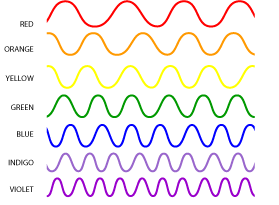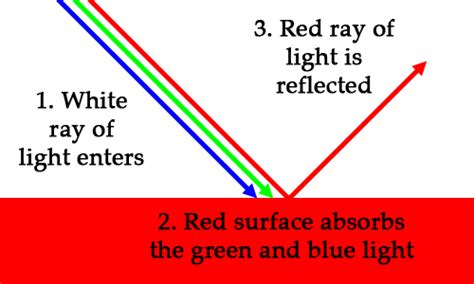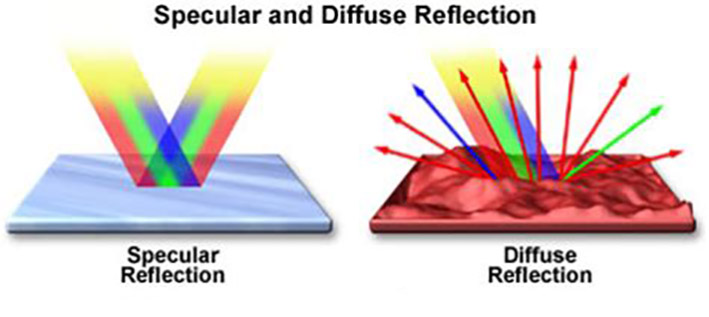Please also see the section on Exposure
A photograph is the image of a the pattern of light recorded on film or a sensor. The nature of light has a critical effect on the pictures we make. Few photographers actually understand much about light, but they are not alone, even scientists have never been able to agree fully about the nature of light. The answer to the question is light a wave or a particle is yes!
The word photography actually means writing or drawing with light. Without light there could be no vision or photography because it is reflected light from objects in the world around us that makes these objects visible to both our eyes and the sensor of the camera. Turn of the lights and we see nothing.
Light is a form of electromagnetic radiant energy to which our eyes are sensitive. Unless light is reflected or focused, it travels or radiates in all directions from the source like a cone, in other words as light travels from the source, its energy of light spreads out. The greater the distance it travels, the more it spreads out. Therefore, the amount of light reaching any given area at a given distance is less than that reaching the same area closer to the source. In other words, the intensity of illumination on a surface varies when the distance between the light source and the surface, or subject, is changed.
Light travels at tremendous speed from its source, such as the sun. It has an effect on the materials it falls on, skin becomes tanned, and fruit is ripened by the light of the sun. Depending on the way in which light is received or rejected, a complex pattern of light, shade, and colour results.
The wavelengths of light are so small that they are measured in nanometers (nm). A nanometer is equal to one millionth of a millimetre.
Light slows as it passes through any transparent medium because it actually doesn't just pass through. It is absorbed by atoms and re-emitted all along the way. There is a small lag between the absorption and re-emission of a photon which differs depending on the composition of the material. The thickness of a material also has an effect in that thicker material provides more opportunities for a photon to be absorbed and retransmitted while it's traversing the material.
The aperture size also has a mathematical correlation to how much the speed of light is slowed down. For example, when light goes through your house window glass, it’s speed slows down 300.000km per hour. That is why different glass makes a difference, some of them will reduce the speed way less. Lens design is a very complex process as materials, thickness, space between elements, aperture and not forgetting that colour is a range of different wavelengths all that act differently.
To the photographer, there are two important characteristics of the way light travels.
- First, in a given medium, light always travels in a straight line.
- Second, in a given medium, it travels at a constant speed.





